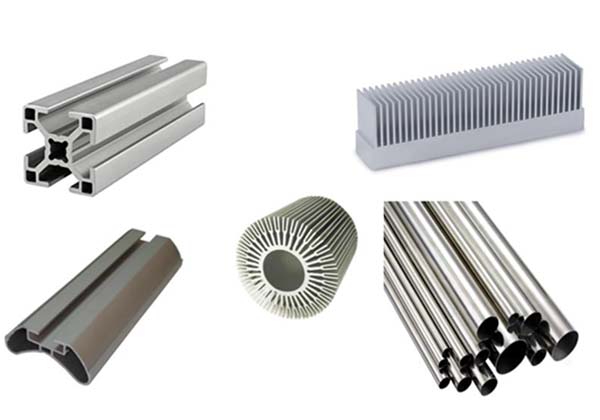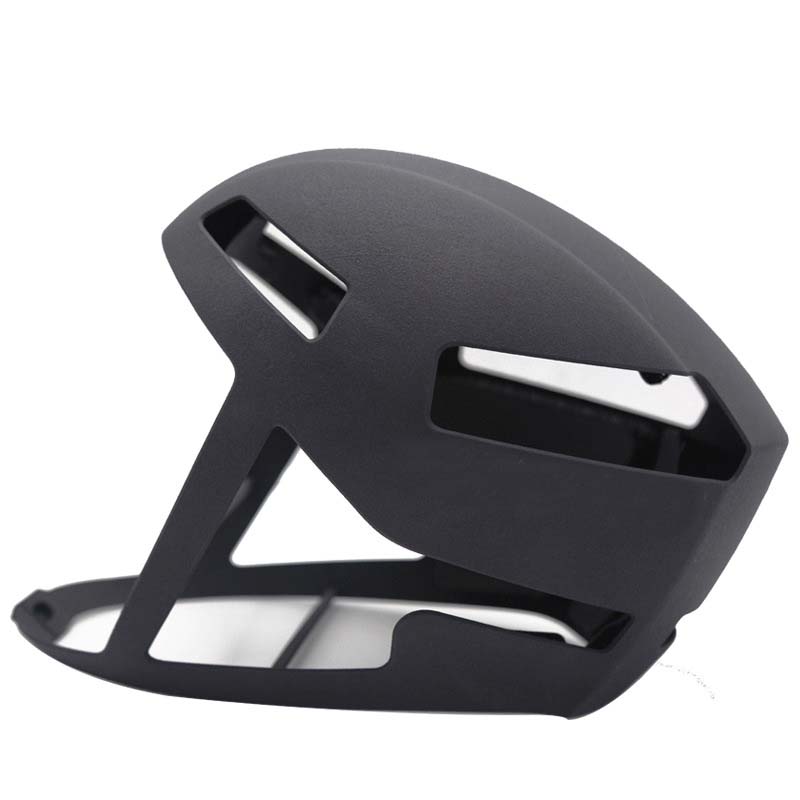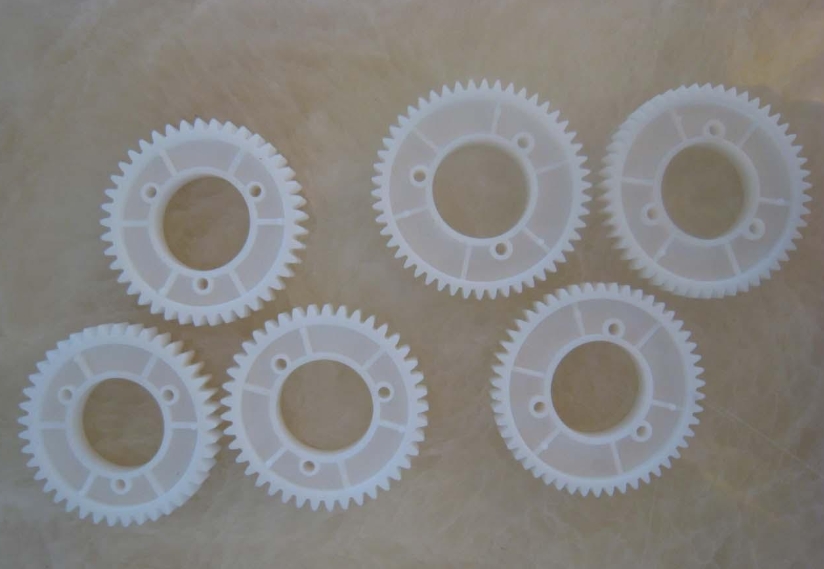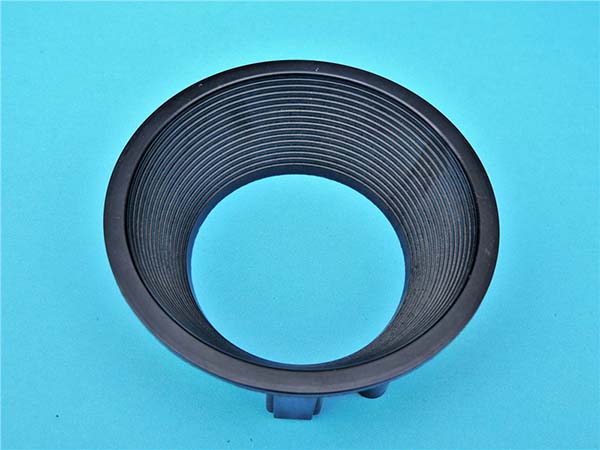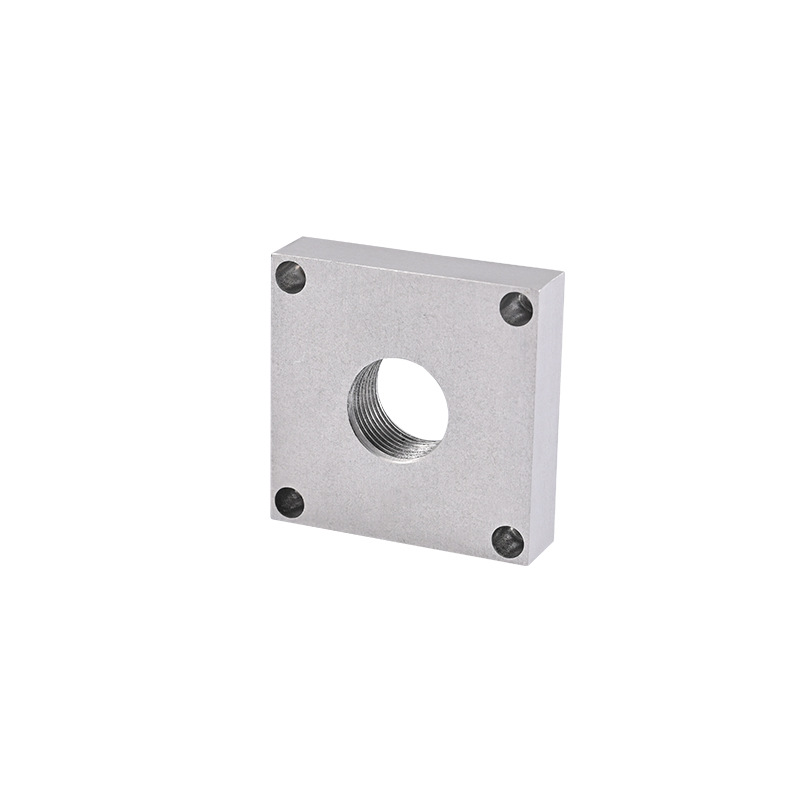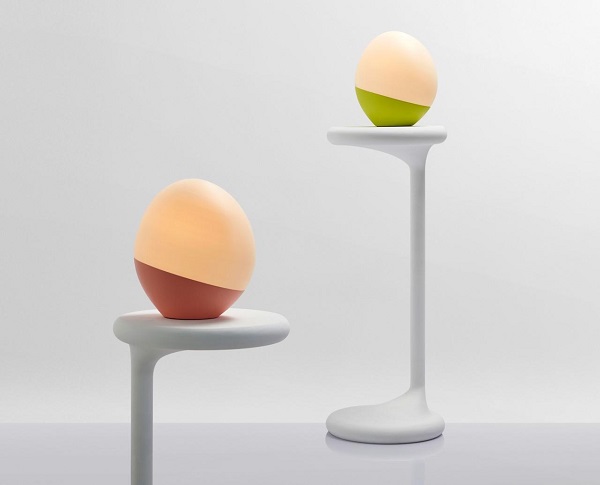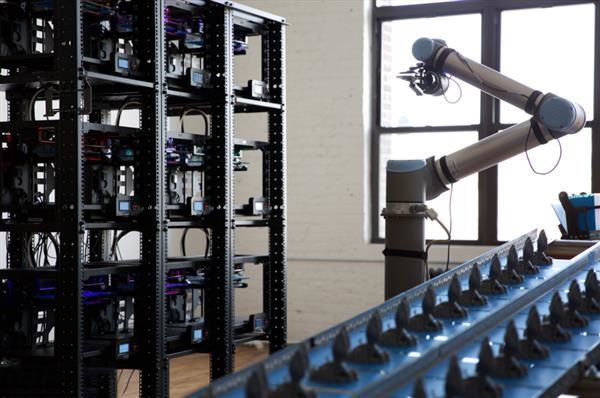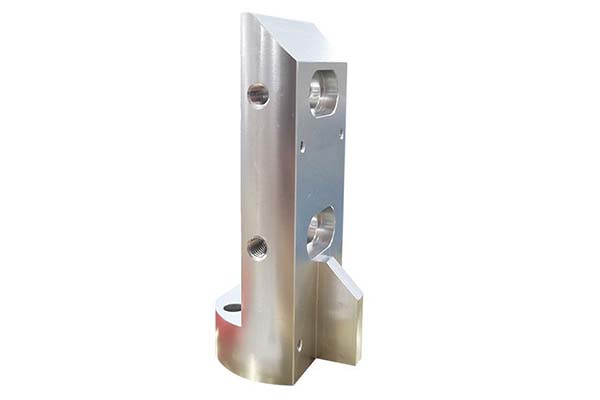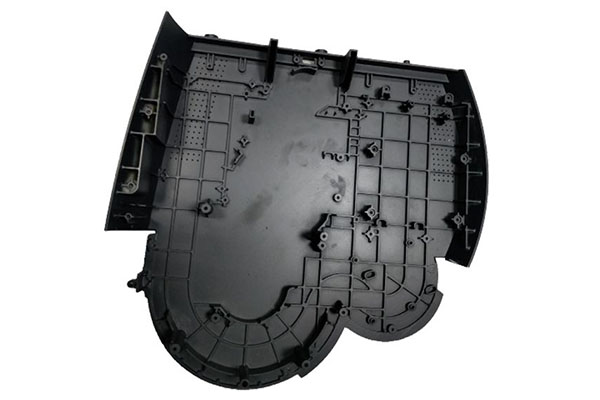What is 3D Printing of Steel Parts?
Definition and Basic Principle
3D printing of steel parts, also known as additive manufacturing of steel components, is a revolutionary manufacturing process that creates three - dimensional objects by layering metal materials. It is based on a computer - aided design (CAD) model. The basic principle involves the following steps:
- Model Creation: Designers first create a 3D model of the steel part using CAD software. This digital model serves as the blueprint for the entire 3D printing process. For example, if you want to print a complex steel mechanical component, you would precisely define its shape, dimensions, and internal structures in the CAD software.
- Slicing: The 3D model is then sliced into multiple thin layers by slicing software. Each layer represents a cross - section of the final part. The thickness of these layers can vary, usually ranging from a few micrometers to a few hundred micrometers, depending on the required precision and the capabilities of the 3D printer.
- Material Deposition and Solidification: Metal materials, usually in the form of powder, are selectively deposited and fused layer by layer according to the sliced patterns. Heat sources such as lasers or electron beams are used to melt the metal powder in specific areas, and once the melted metal cools down, it solidifies, bonding with the previously printed layers. This process continues until the entire 3D steel part is completed.
Key Technologies Involved
- Selective Laser Melting (SLM): This is one of the most commonly used technologies for 3D printing steel parts. In the SLM process, a high - energy laser beam is used to completely melt the metal powder layer by layer. For instance, in the production of high - performance steel aerospace components, SLM can achieve high - density and high - precision parts. The laser scans the powder bed according to the cross - sectional patterns of the sliced 3D model, melting the powder to form a solid layer. The powder that is not melted remains in place to support the newly formed layer and can be reused. SLM can produce parts with a density close to that of fully dense wrought materials, and the parts often have excellent mechanical properties.
- Direct Metal Laser Sintering (DMLS): DMLS is similar to SLM but with some differences. In DMLS, the laser sinters the metal powder, which means that the powder particles are heated to a temperature below their melting point but high enough for them to bond together. This technology is suitable for manufacturing complex steel parts with internal cavities or lattice structures. For example, in the automotive industry, DMLS can be used to create lightweight yet strong steel engine components with optimized internal geometries. Although the parts produced by DMLS may have a slightly lower density compared to SLM in some cases, they still offer significant advantages in terms of design freedom and reduced production time for complex geometries.
- Binder Jetting: In this technology, a binder material is selectively deposited onto a bed of metal powder to bond the particles together. After the 3D part is formed, it usually undergoes a curing process to increase its strength. Binder jetting is often faster than laser - based technologies and is more cost - effective for large - scale production of steel parts. For example, in the manufacturing of steel molds for the casting industry, binder jetting can be used to quickly produce molds with complex shapes. However, the parts produced by binder jetting may require additional post - processing, such as sintering in a furnace, to achieve the desired mechanical properties.
Comparison with Traditional Manufacturing Methods
When considering 3D printing steel parts, it's crucial to compare it with traditional manufacturing methods to understand its full potential and limitations. Here is a detailed comparison in several key aspects:
| Aspects | 3D Printing of Steel Parts | Traditional Manufacturing Methods (e.g., Machining, Casting) |
| Cost | - For small - batch production, 3D printing can be cost - effective as it reduces the need for expensive molds and tooling. For example, if you need to produce 10 custom - designed steel parts, 3D printing can save the cost of mold making, which could be several thousand dollars in traditional casting. - However, for large - scale mass production, traditional methods are often more economical. Once the initial investment in molds and production lines is made, the per - unit cost in traditional manufacturing can be much lower. | - High initial investment in molds and tooling. For instance, creating a complex casting mold for a large - scale automotive steel part production can cost hundreds of thousands of dollars. - Low per - unit cost for high - volume production due to economies of scale. |
| Production Efficiency | - Slow production speed for large - sized or high - volume parts. Printing a large steel structural component may take days or even weeks, depending on its complexity and the capabilities of the 3D printer. - High efficiency for complex geometries. It can quickly produce parts with intricate internal structures that would take a long time to manufacture using traditional methods. | - Fast production speed for simple - shaped parts in high - volume production. For example, a traditional machining center can produce hundreds of simple steel shafts per hour. - Time - consuming for complex parts. Manufacturing a steel part with complex internal channels through traditional machining may require multiple operations and a long production cycle. |
| Design Freedom | - Allows for highly complex and customized designs. Designers can create parts with organic shapes, lattice structures, and internal cavities that are extremely difficult or impossible to achieve with traditional methods. For example, in aerospace, 3D - printed steel engine components can have optimized internal cooling channels with complex geometries. | - Limited design freedom. Traditional methods are often restricted by the capabilities of the machining tools and the mold - making process. Complex designs may require multiple manufacturing steps and compromises in the final product. |
| Material Waste | - Minimizes material waste as it adds material layer by layer only where it is needed. The unused metal powder in 3D printing can often be recycled, with a material utilization rate of up to 95% in some cases. | - High material waste, especially in subtractive manufacturing processes like machining. For example, when machining a steel part from a solid block, a significant amount of material is removed as chips, and the material utilization rate may be as low as 30 - 40% in some cases. |
| Part Strength and Quality | - The mechanical properties of 3D - printed steel parts can be comparable to those of traditionally manufactured parts, especially with proper post - processing. However, the quality may be more sensitive to process parameters. For example, incorrect laser power settings in SLM can lead to porosity in the printed part, reducing its strength. - Post - processing such as heat treatment is often required to achieve the desired mechanical properties. | - Well - established processes result in consistent part quality and strength. Traditional manufacturing has a long - standing history of quality control, and the mechanical properties of the final parts are generally more predictable. |
Applications of 3D Printed Steel Parts
3D printed steel parts have found their way into a wide range of industries, revolutionizing traditional manufacturing processes and offering unique solutions to various challenges.
- Aerospace Industry: In aerospace, weight reduction is crucial for fuel efficiency and performance improvement. 3D printed steel parts, such as engine components and structural parts, play a significant role. For example, some aircraft engine manufacturers use 3D - printed steel fuel nozzles. These nozzles can be designed with complex internal channels through 3D printing, which enables more precise fuel atomization. As a result, the combustion efficiency of the engine is improved, leading to better fuel economy and reduced emissions. Additionally, 3D - printed steel brackets and support structures in the aircraft fuselage can achieve the same strength requirements with less material, thus reducing the overall weight of the aircraft.
- Automotive Manufacturing: The automotive industry also benefits greatly from 3D printed steel parts. For instance, in the production of high - performance sports cars, 3D - printed steel brake calipers are being increasingly used. These calipers can be designed with optimized shapes, which not only enhance their braking performance but also reduce their weight compared to traditional cast - iron calipers. This weight reduction contributes to better acceleration, handling, and fuel consumption. Moreover, 3D printing allows for the rapid production of customized steel parts for limited - edition or prototype vehicles. Car manufacturers can quickly iterate on the design of parts like engine mounts or suspension components, shortening the development cycle of new models.
- Medical Field: In the medical field, 3D printed steel parts are mainly used in orthopedic implants. For patients with complex bone fractures or joint diseases, traditional implants may not fit perfectly. 3D - printed steel implants can be customized according to the patient's specific bone structure, obtained through medical imaging such as CT scans. For example, a 3D - printed steel hip implant can precisely match the patient's hip joint anatomy, improving the implant's stability and biocompatibility. This customization reduces the risk of implant rejection and improves the patient's long - term recovery and quality of life.
- Mechanical Manufacturing: In mechanical manufacturing, 3D printed steel parts are used for the production of complex molds and high - precision mechanical components. For example, in injection molding, 3D - printed steel molds can have intricate internal cooling channels. These channels can evenly distribute the cooling medium, reducing the cooling time of the plastic parts during the injection - molding process. As a result, the production efficiency of plastic products is increased, and the quality of the products is also improved due to more uniform cooling. High - precision steel gears and shafts can be 3D - printed with precise tolerances, meeting the strict requirements of high - end machinery.
Yigu Technology's View
As a non - standard plastic metal products custom supplier, Yigu Technology sees great potential in 3D printing steel parts. This technology has opened up new opportunities for customized production. It allows us to meet the demands of clients who require complex designs and small - batch production. For example, we can quickly produce prototypes of non - standard steel parts according to the unique needs of our clients, significantly reducing the development cycle.
However, we also acknowledge the challenges it faces. The cost of 3D printing equipment and materials remains relatively high, which may limit its widespread application in some cost - sensitive projects. Additionally, the maturity of the technology, especially in terms of ensuring consistent quality in mass production, still needs improvement.
Despite these challenges, Yigu Technology is committed to continuous R & D investment. We aim to further explore the potential of 3D printing steel parts, optimize the production process, and reduce costs. By doing so, we hope to provide more high - quality and cost - effective customized solutions for our clients in the future.
FAQ
What are the most common 3D printing technologies for steel parts?
The most common 3D printing technologies for steel parts include Selective Laser Melting (SLM) and Direct Metal Laser Sintering (DMLS). In SLM, a high - energy laser fully melts the metal powder layer by layer according to the 3D model slices. DMLS, on the other hand, sinters the metal powder using a laser, bonding the powder particles together at a temperature below their melting point. Another technology is Binder Jetting, where a binder is deposited onto a bed of metal powder to form the part, followed by curing and often additional sintering.
How does the cost of 3D printing steel parts compare to traditional manufacturing?
For small - batch production, 3D printing steel parts can be more cost - effective. It eliminates the need for expensive molds and tooling in traditional manufacturing. For example, producing 10 custom steel parts through 3D printing can save the mold - making cost which might be thousands of dollars in traditional casting. However, in large - scale mass production, traditional manufacturing methods usually have a lower per - unit cost. Once the initial investment in molds and production lines is made, the cost per part can be significantly reduced due to economies of scale.
What are the main challenges in ensuring the quality of 3D printed steel parts?
One of the main challenges is ensuring material uniformity. In 3D printing, the way the metal powder is distributed and fused can affect the homogeneity of the final part. Internal defects such as porosity can also occur, especially if the process parameters like laser power, scan speed, or powder layer thickness are not optimized. Incorrect laser power settings in SLM, for example, can lead to incomplete melting of the powder, creating voids in the part. Maintaining consistent size accuracy is another issue. The thermal expansion and contraction during the printing process can cause dimensional variations, making it crucial to precisely control the printing environment and post - processing steps.
